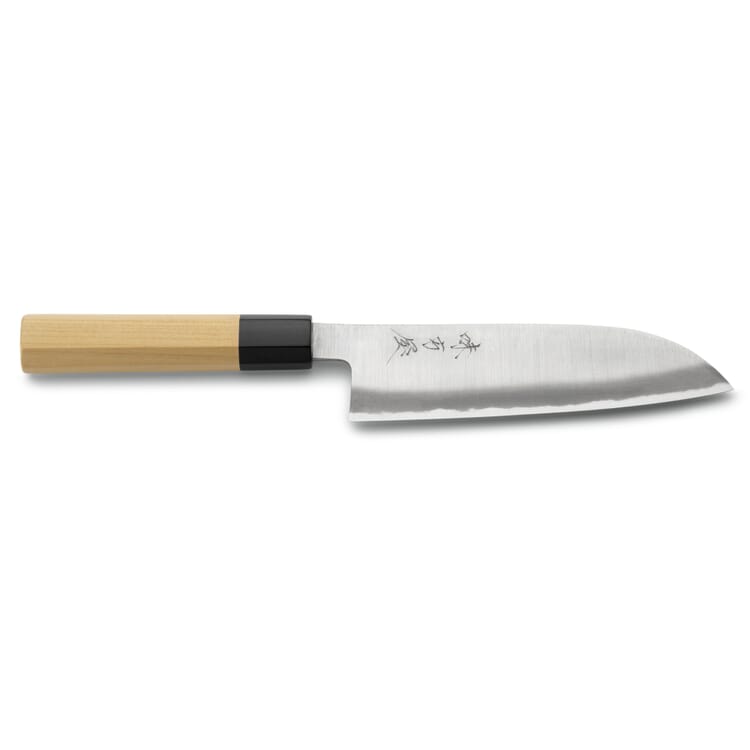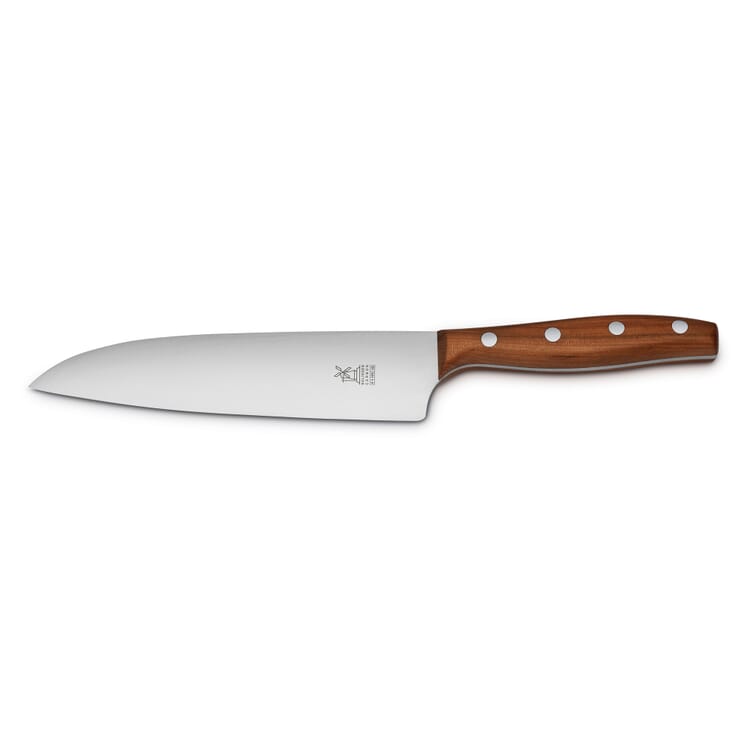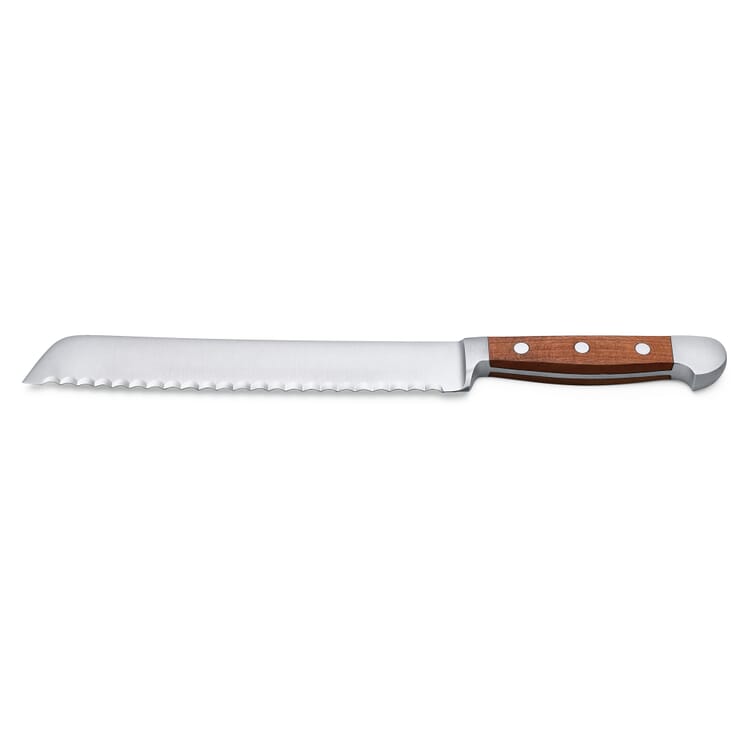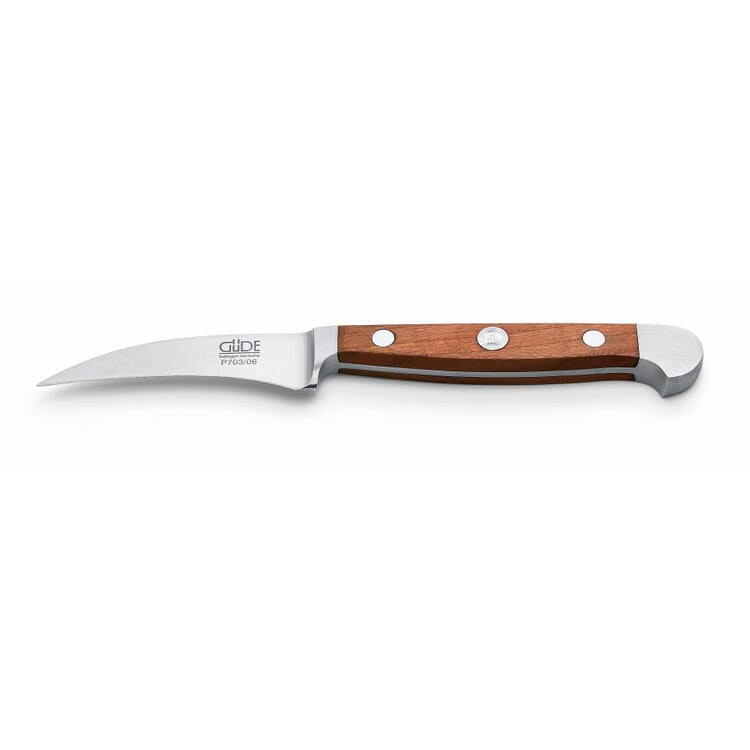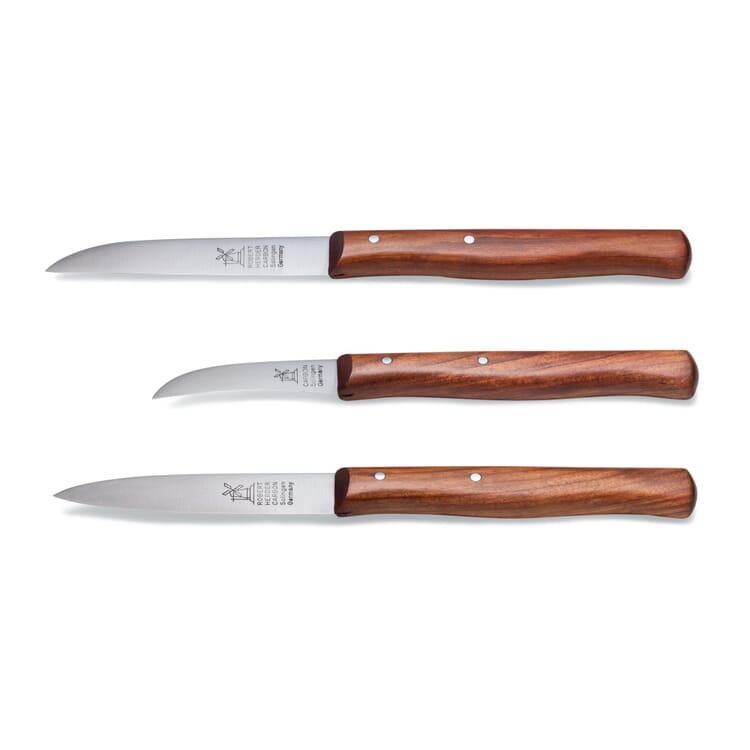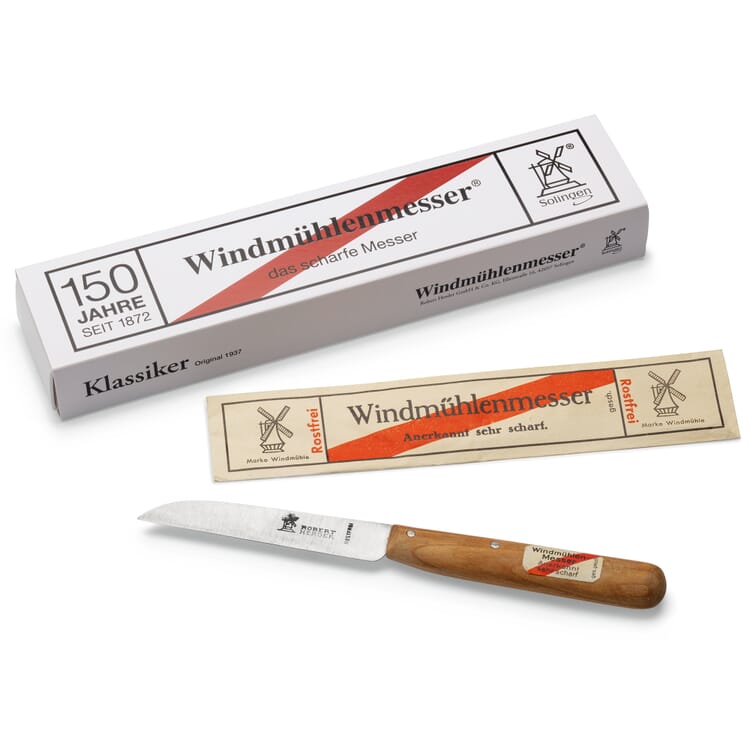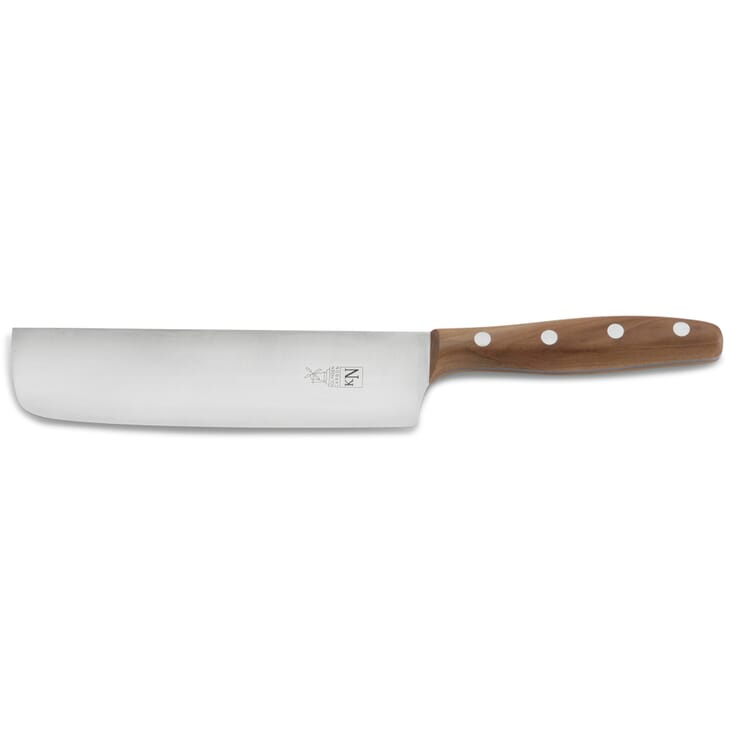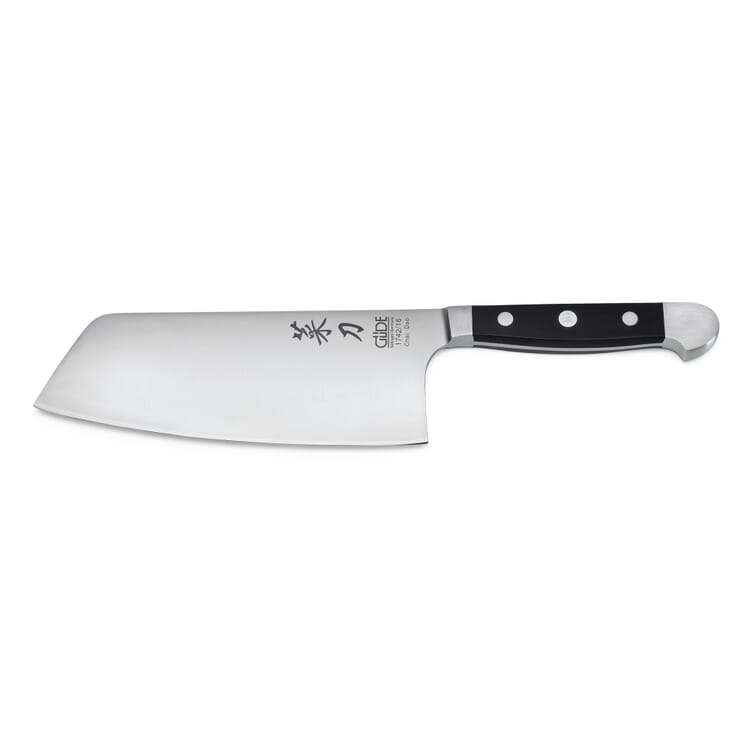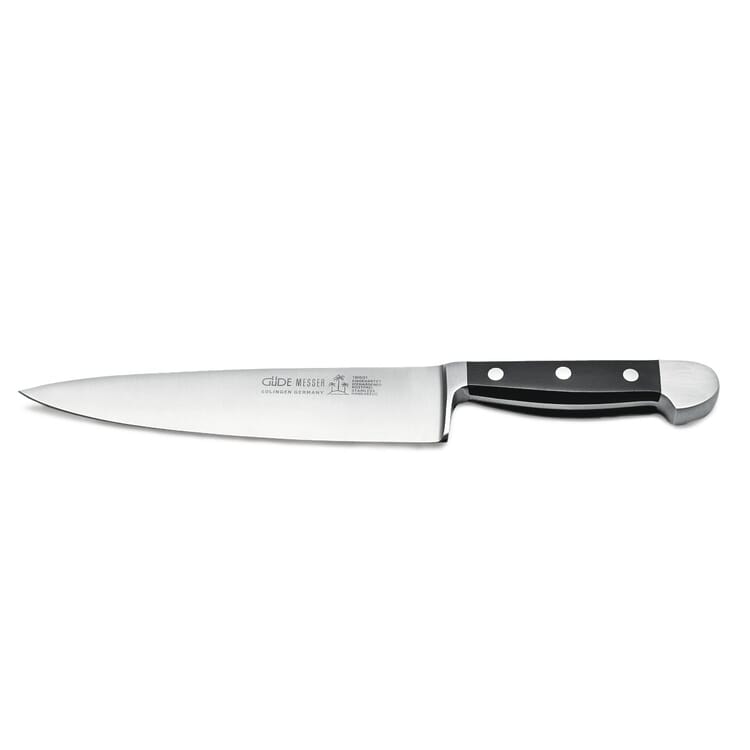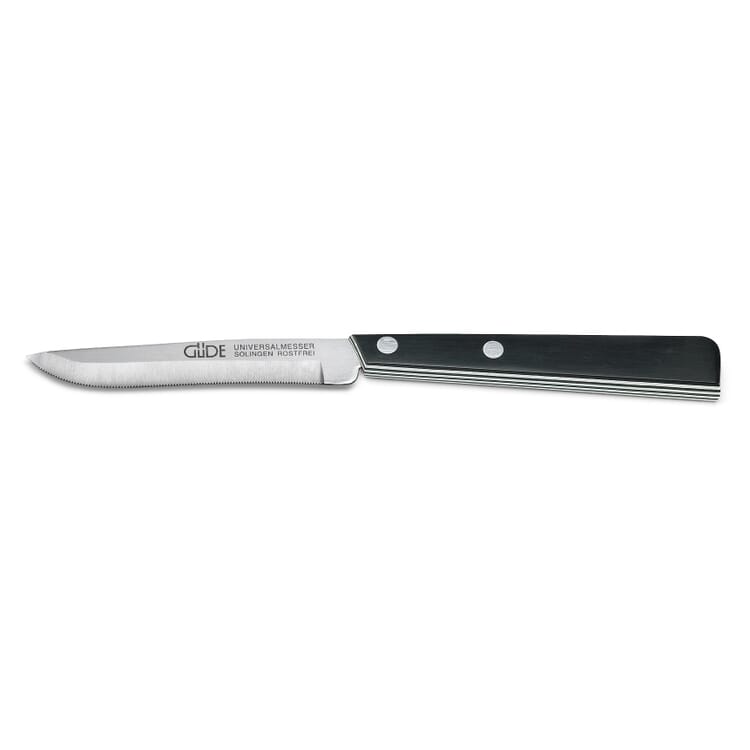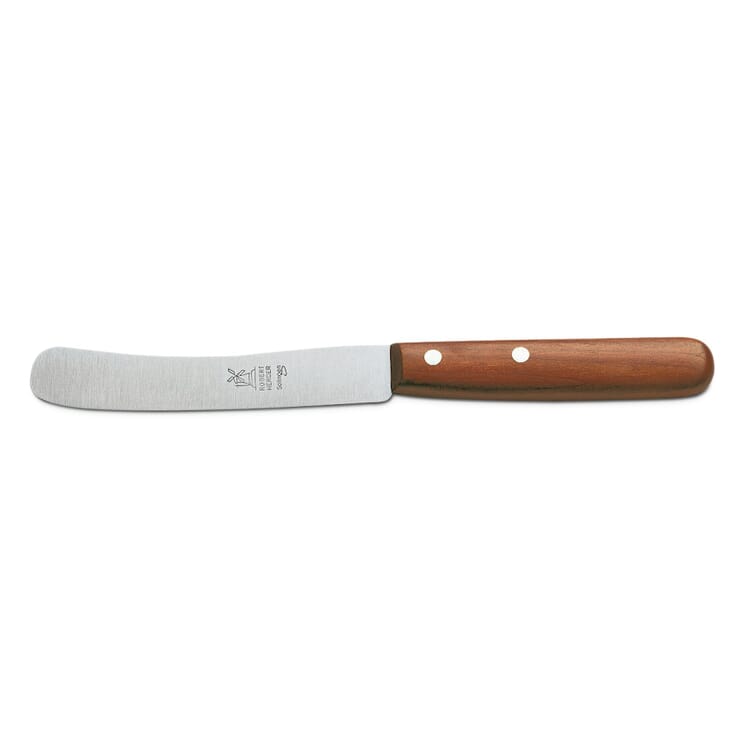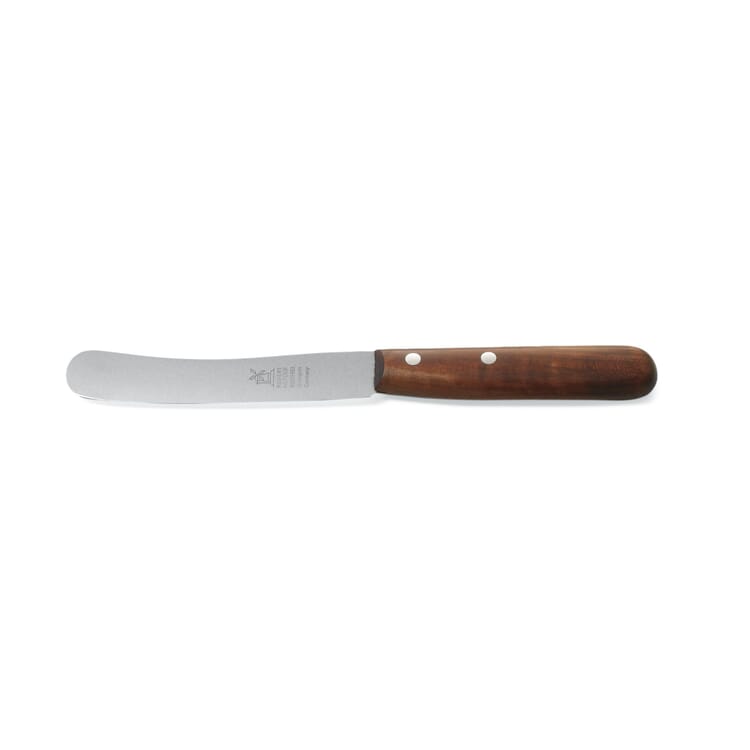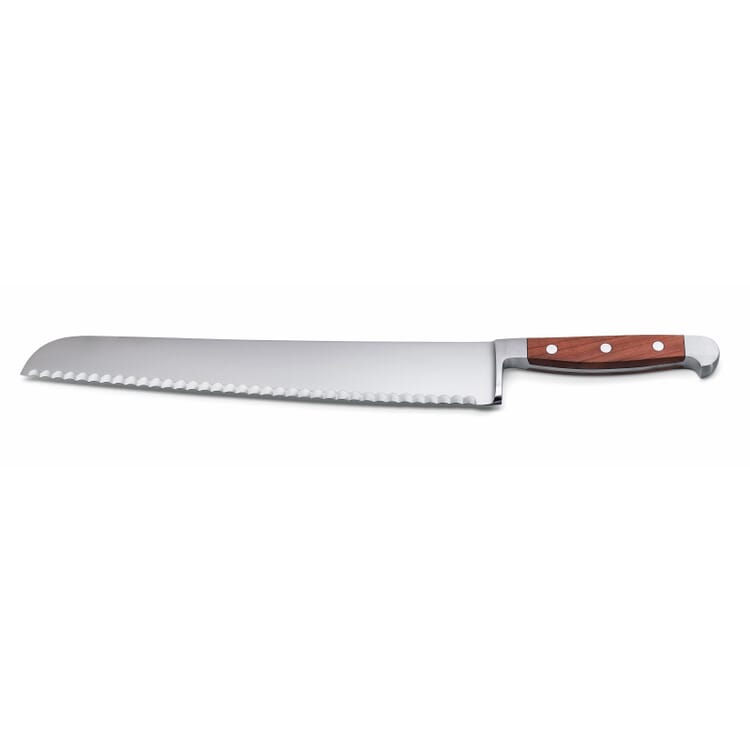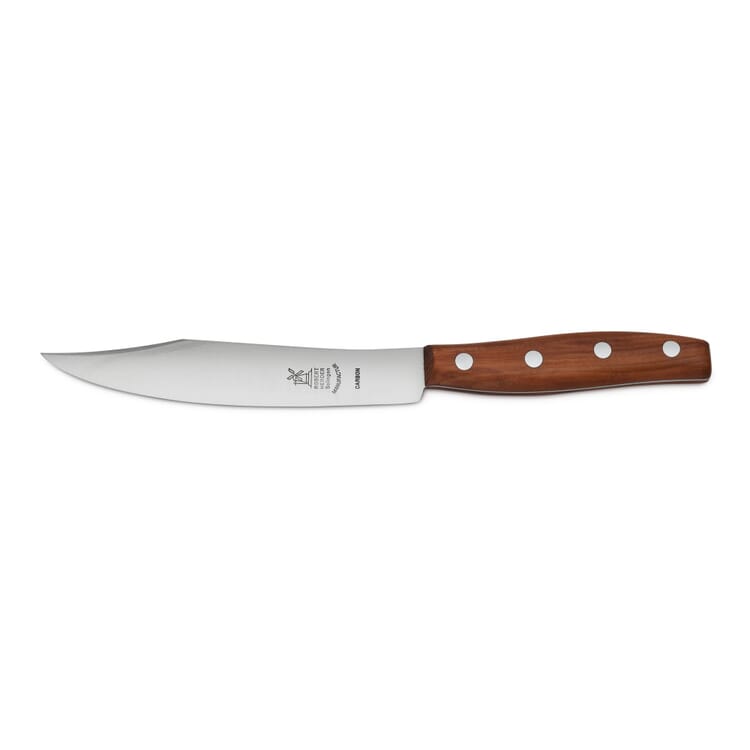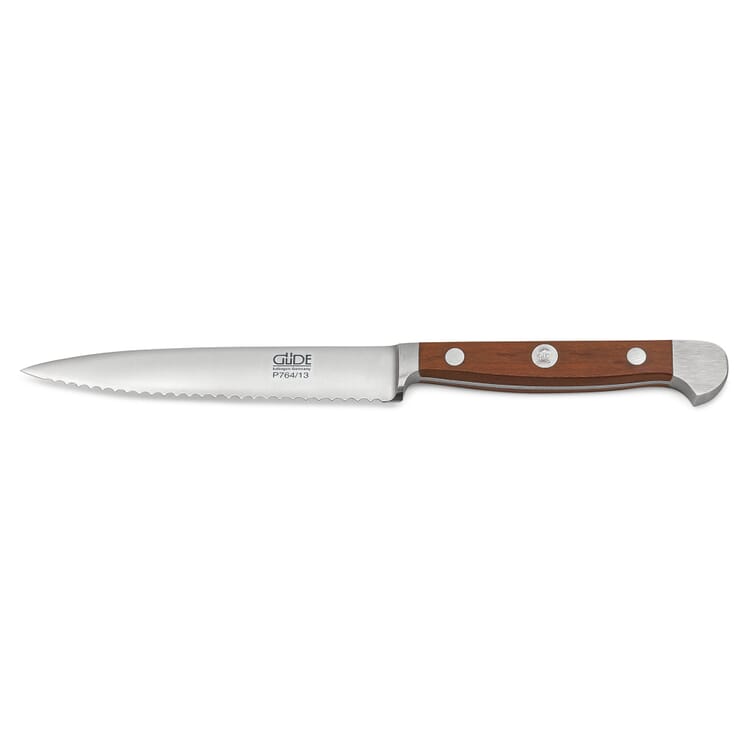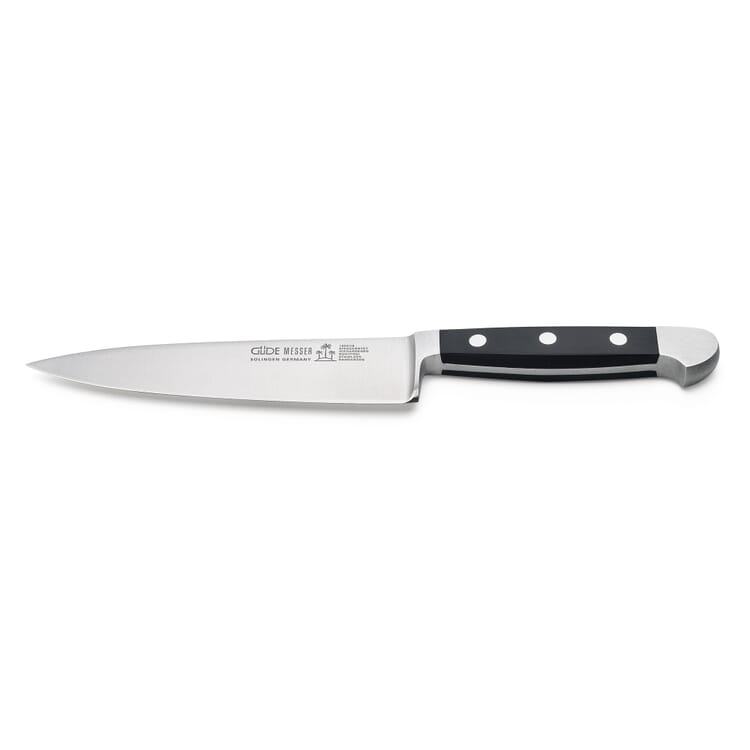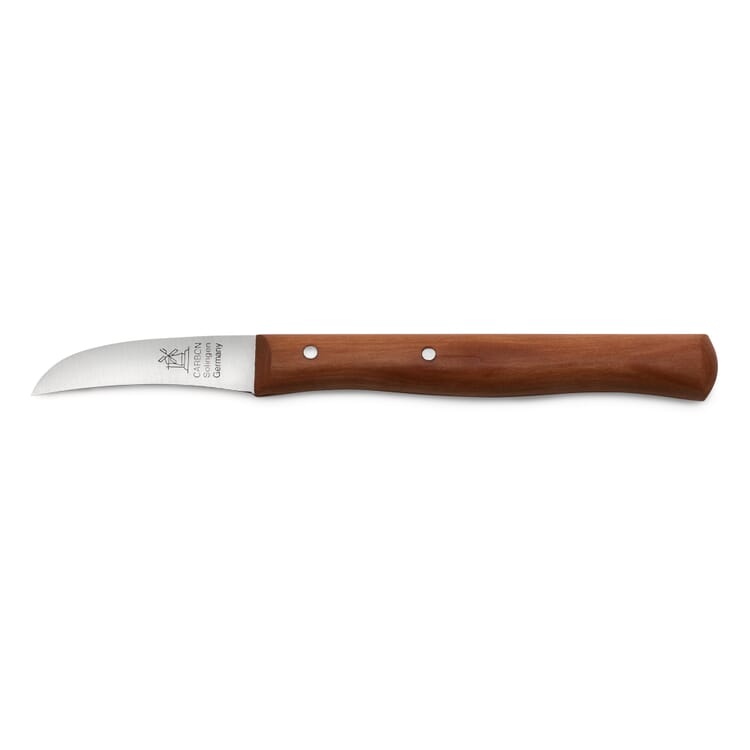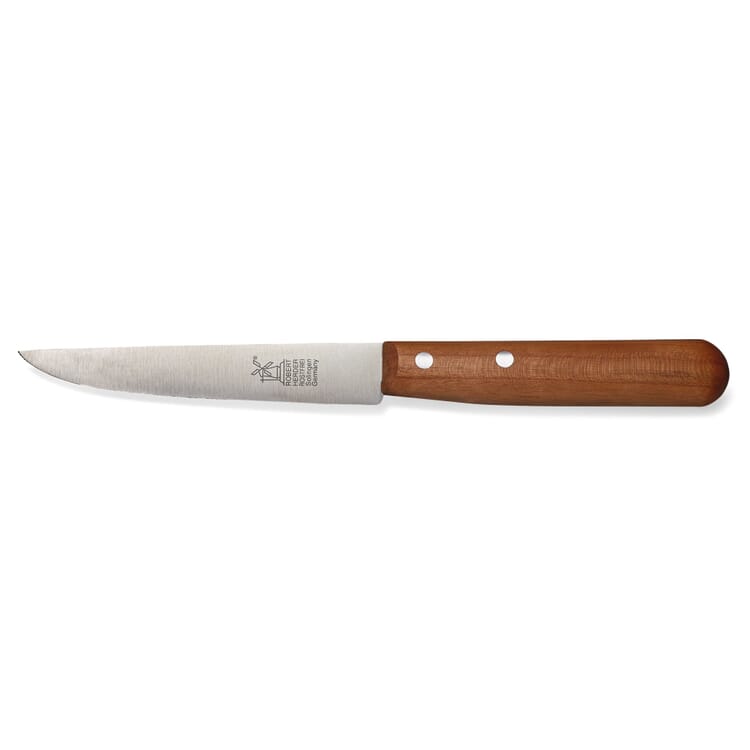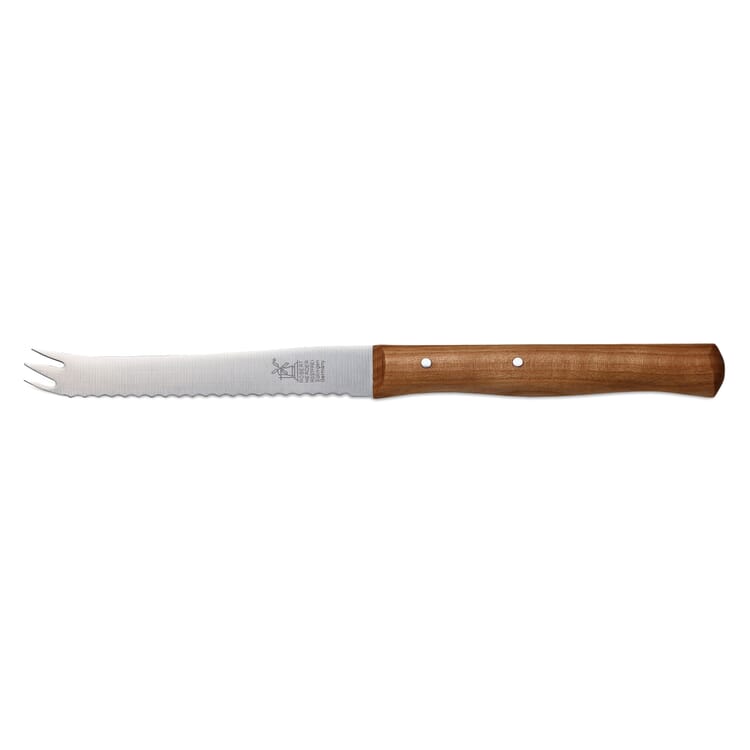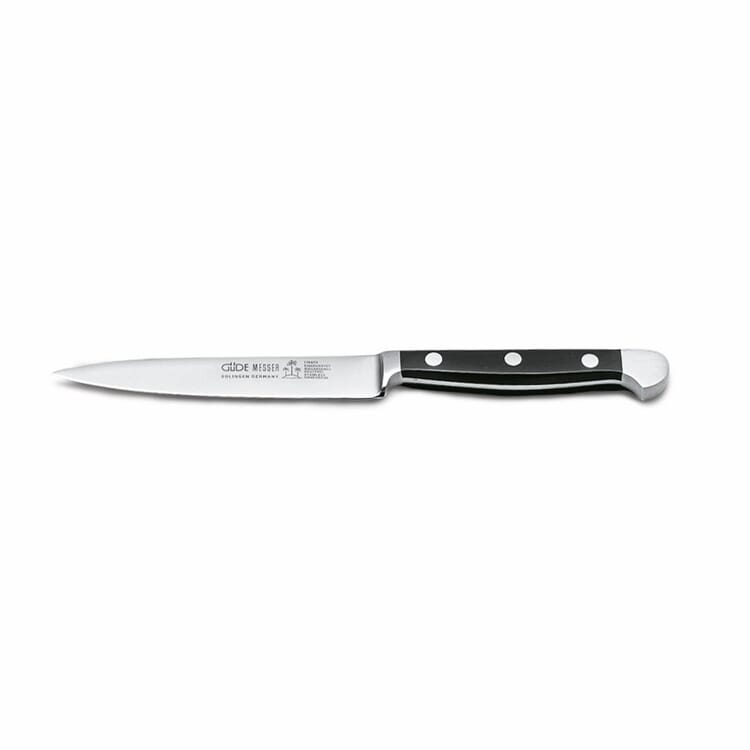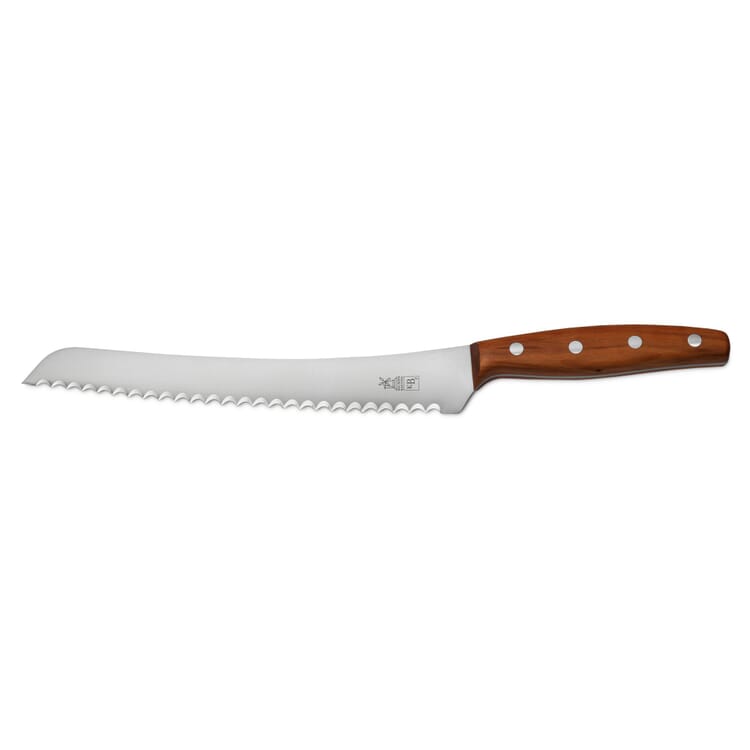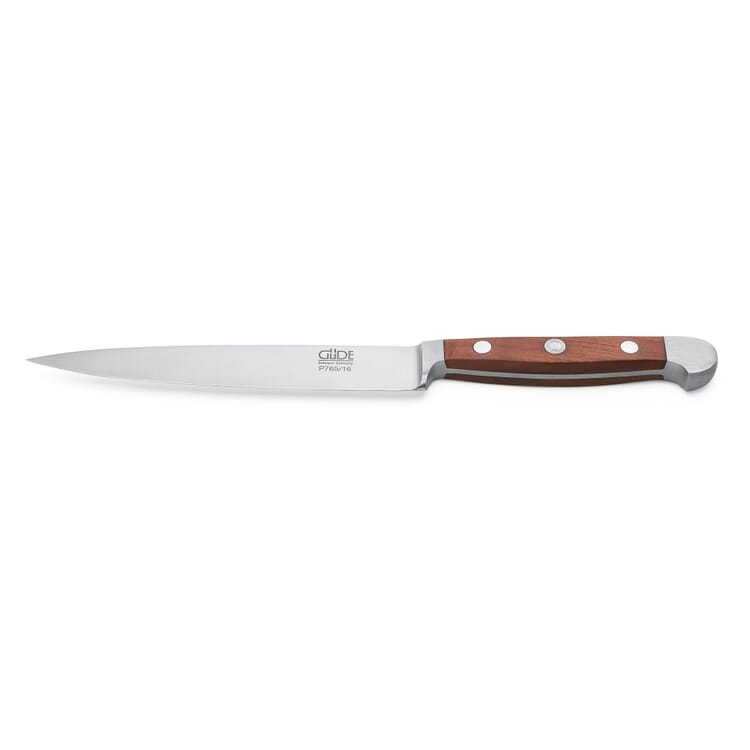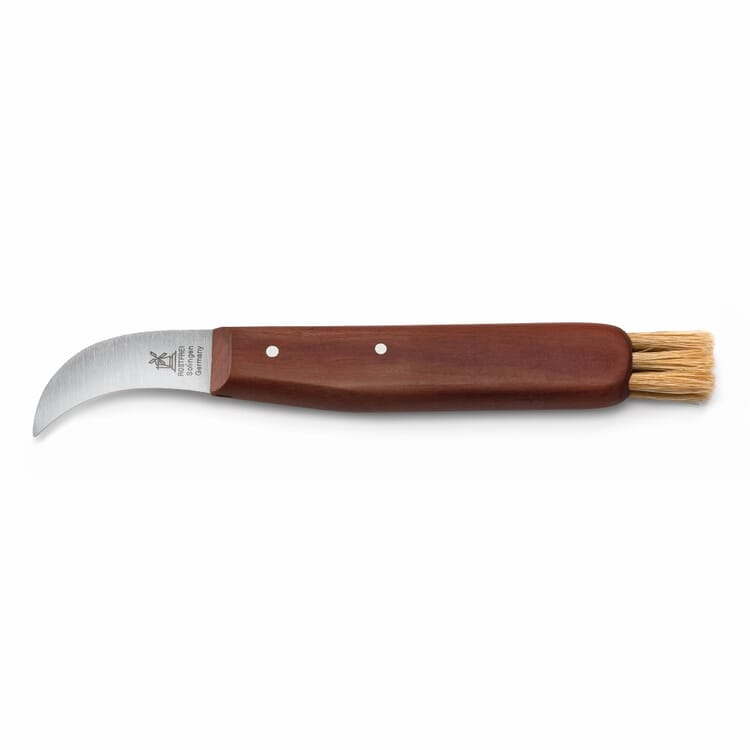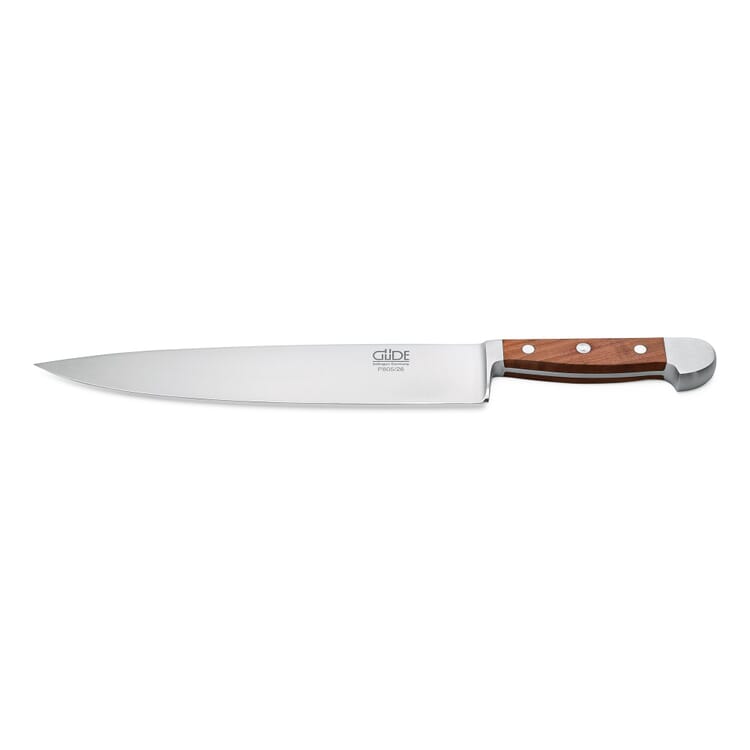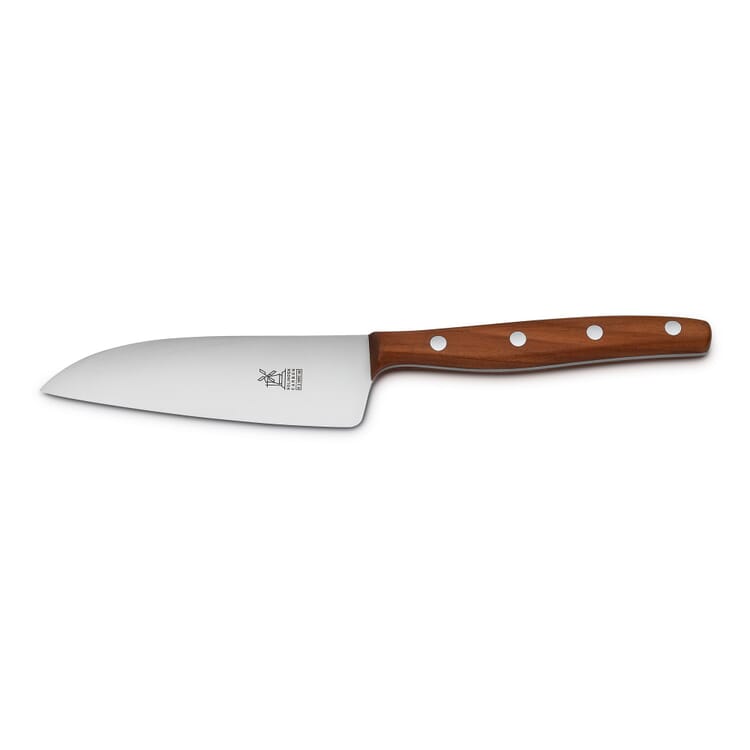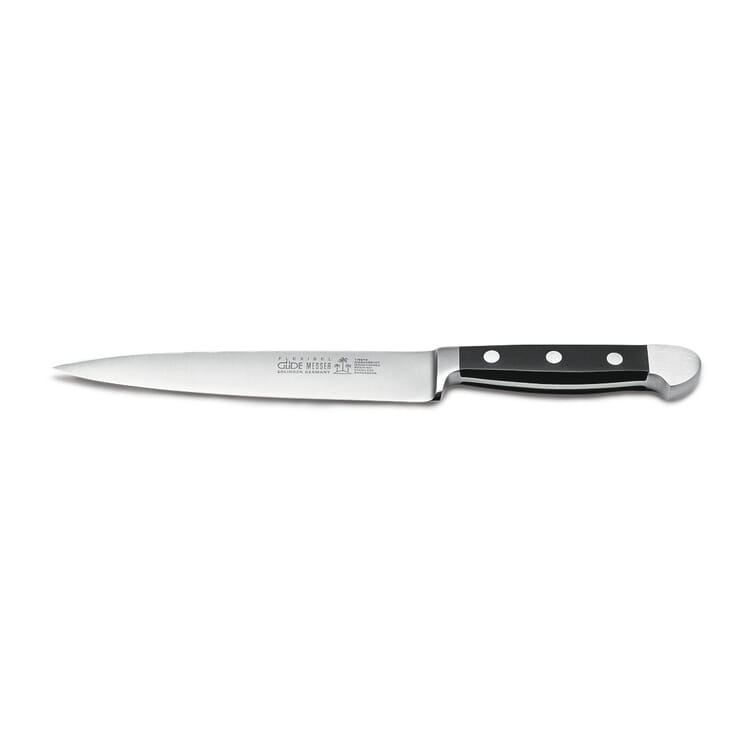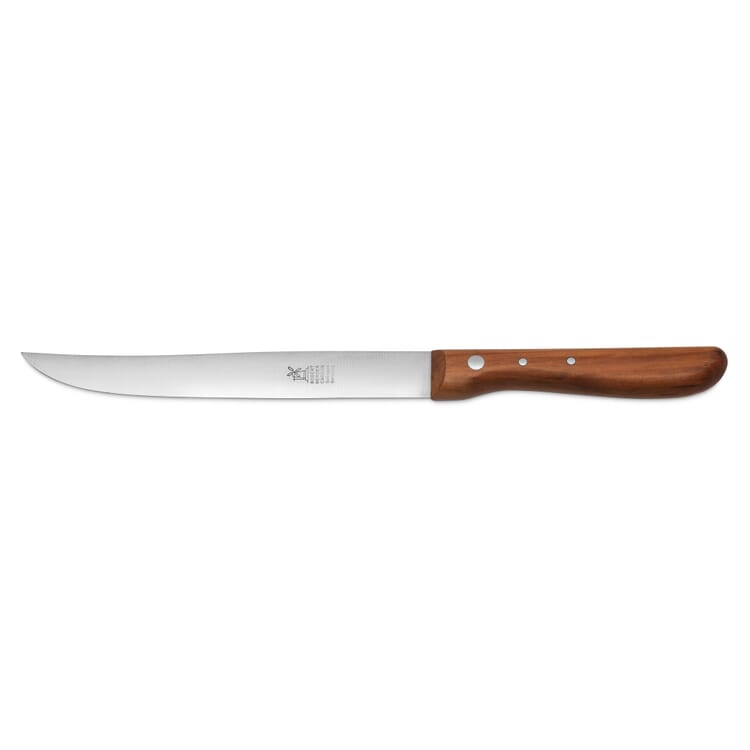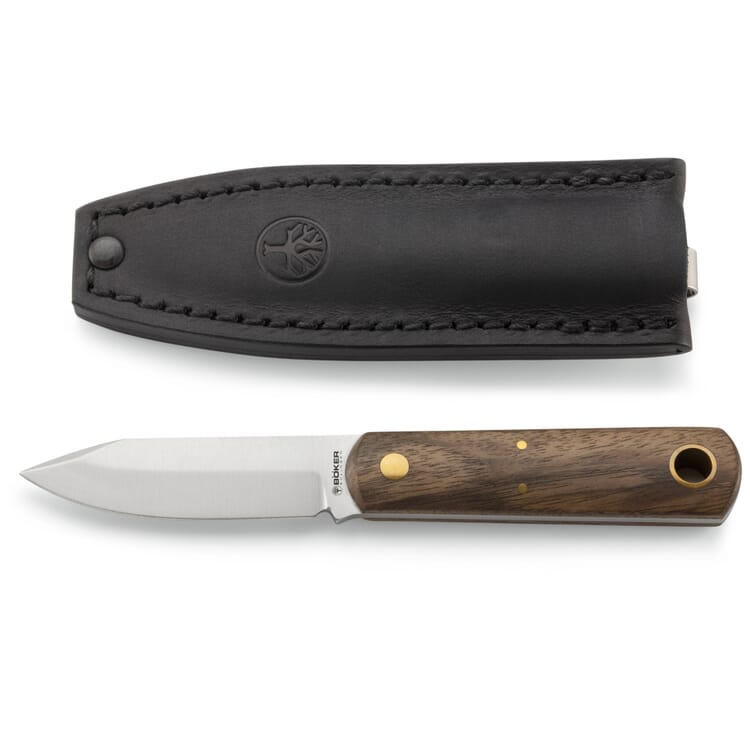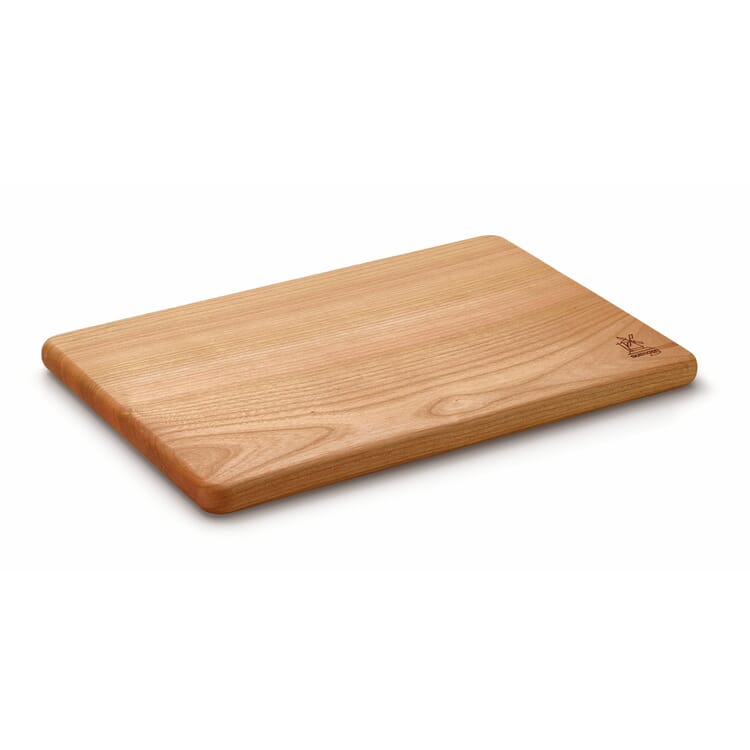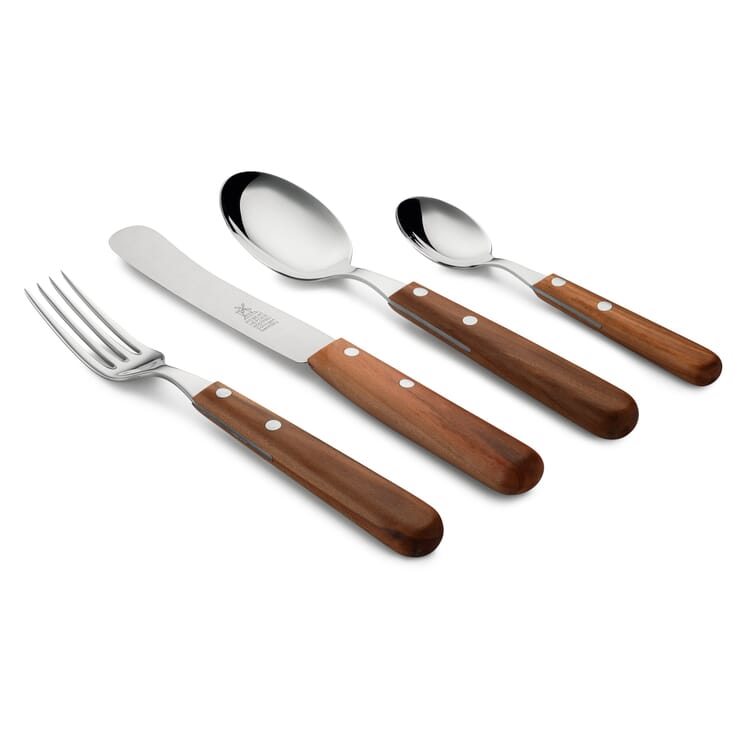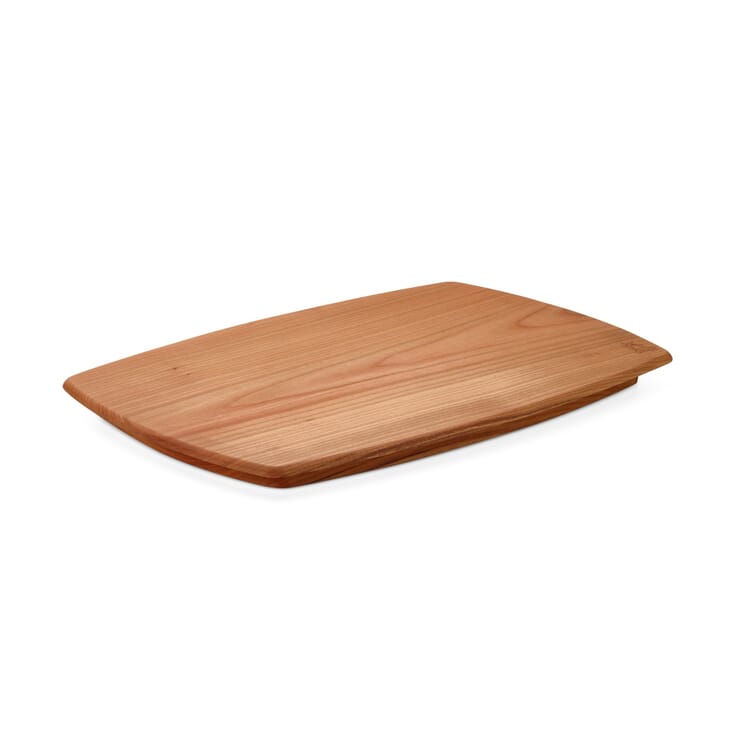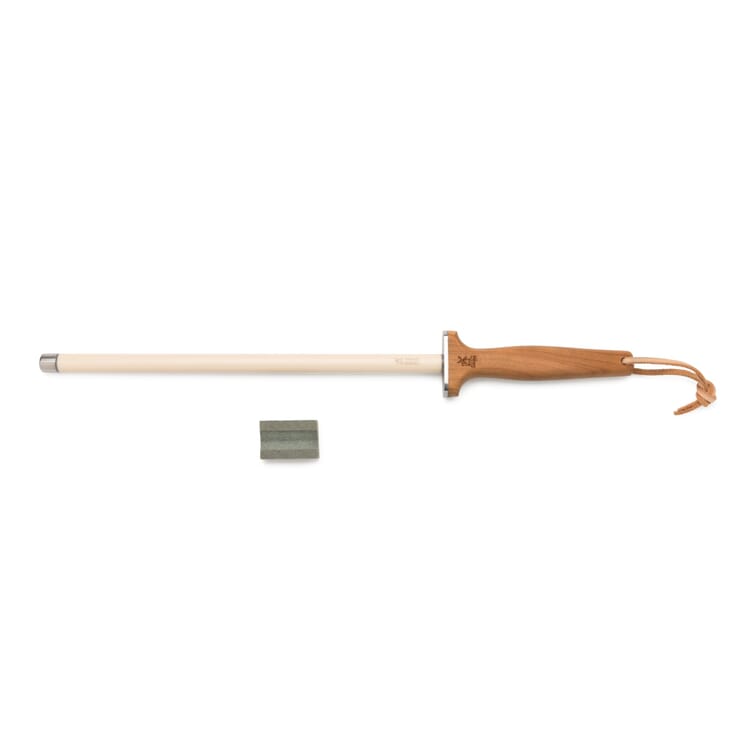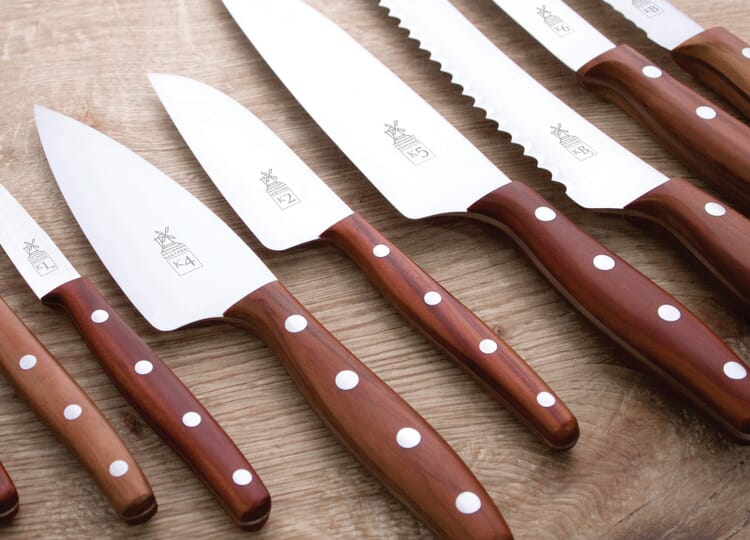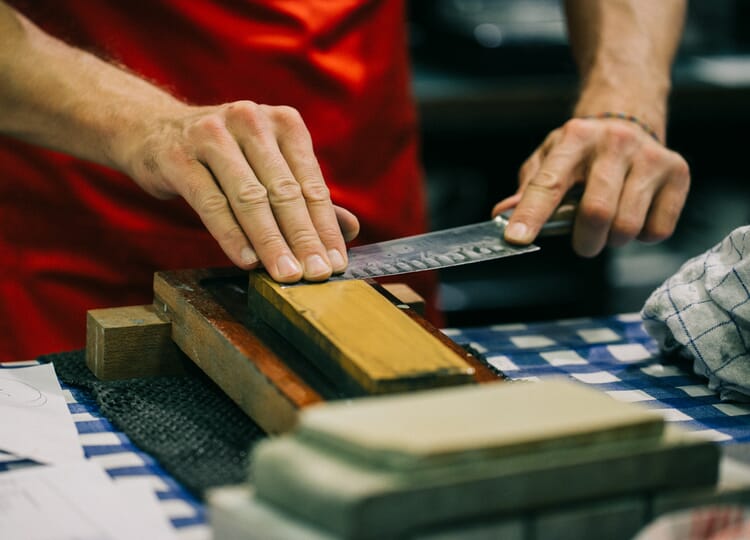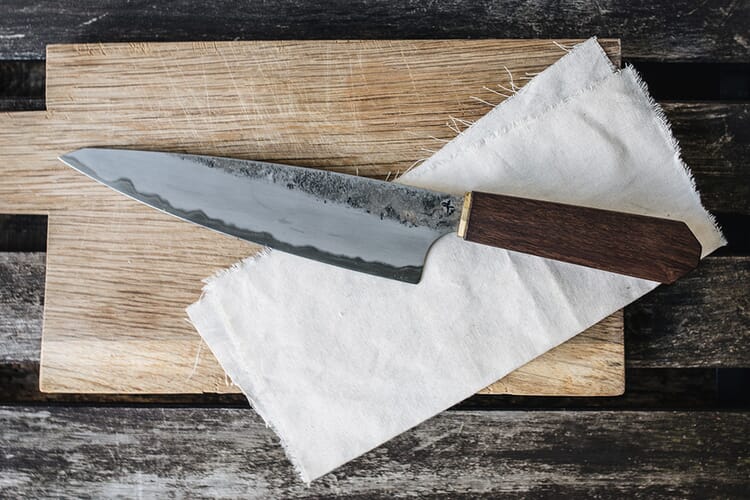Knives & Accessories
Solingen knives - made sharp
Solingen knives are world famous. Without them, hardly anyone outside Germany would even know of the city's existence. However, to conclude that it was the knives that secured Solingen a place in the (cultural and historical) history books would be short-sighted. After all, without the geographical facilities of the region, local knife manufacturing - and among them, above all, the art of grinding - would probably never have made it to the leading role it holds today.
Solingen Knives at Manufactum
Everything in flux. How the knives came to Solingen.
Countless watercourses, ore deposits and the proximity to Cologne as an important trading center - three points without which Solingen would never have become what it is today: a world-renowned center of the knife art. For good reason, therefore, it is not the term "Solingen knife" that is protected, but the designation of origin "Solingen" itself: It was only the geographical conditions that made possible the concentration of expertise that still exists today, with which Solingen earned the nickname "Klingenstadt" (city of blades). As early as the middle of the 12th century, when Solingen was still a village, blades were manufactured on the courses of the Wupper and its tributaries. Due to the different location requirements of the various manufacturing steps, a strongly developed division of labor quickly became established: there were smiths, there were hardeners, there were grinders, and finally there were the reiders, who were responsible for the assembly. While hardeners and reiders gathered relatively unpretentiously in small workshops or courtyard communities on the ridges of the city, the workplaces of the grinders developed in the lower-lying stream and river valleys. In so-called Schleiferkotten, the craftsmen sharpened swords on rotating whetstones powered by water. No life without water, they say. For the grinders of Solingen blades, on the other hand, the saying was: no water, no work. While at first it was exclusively weapons that were produced in Solingen workshops and which soon enjoyed an excellent reputation in all the ruling houses of the surrounding countries, over time a flourishing cutlery and flatware industry also developed in the small town in the Bergisches Land region, which now trades as Freiheit. No wonder: Not only were the requirements for manufacturing conditions equivalent, but the already trained skills of the local master craftsmen also provided the best conditions. Aware of their own quality standards, the guilds involved obtained a "knifemaker's privilege" in 1571 and, along with it, the indication of origin "Me fecit Solingen" - a predicate that firmly anchored Solingen knives in the minds of buyers as early as the Middle Ages.
Solingen knives - specialization as a competitive advantage.
What had grown naturally due to the spatial conditions subsequently proved to be a real benefit for Solingen knives, because the division of labor approach produced true specialists in the individual disciplines. The specialists produced good knives. Good knives generated a good reputation. The good reputation led to increased demand. And the increased demand increased the attractiveness of Solingen as a location for knife makers far beyond the city's borders. As a result, a veritable stream of craftsmen moved to Solingen in the course of the 16th century, further strengthening the aggregation of knowledge and skills in the region. Up to a hundred grinders worked in parallel in the cottages along the Solingen streams, and the number of cottages also rose to a three-digit figure in the 17th century: The heyday of the Solingen knives had come.
Letting things slide.
To reduce Solingen knives to their grind would be a fatal disparagement of the other craftsmen involved. Nevertheless, to this day it is above all the outstanding edge retention - that is, the period over which a knife retains its sharpness - and the execution of the grinding work itself that have shaped the reputation of Solingen knives through the centuries. The grinding sheds are now long gone, but the work of the grinder remains highly relevant to the quality of each blade. Even though grinding machines have long since paved the way for mass production in the knife industry, the manual work of a qualified master grinder still cannot be replaced without sacrificing quality. Traditional and elaborate techniques such as the Solingen thin grind, the Kessel fuller grind or fine grinding in the stages of plating and blue plating have become rare, but they are what make the difference between a knife and a good knife. A Solingen knife, that is. And that is still true today.
These products may also interest you
Recommended Topics
Founded in Solingen in 1872, the Robert Herder company - known for its Windmühlen knives - still makes them, these blades of unalloyed, i.e. stainless, steel. And they do so out of conviction. Giselheid Herder-Scholz, owner of the company and great-granddaughter of the founder, knows that if you treat a carbon steel knife with care, it will last you a lifetime.
View moreTo preserve the cutting properties of a good knife, it should first and foremost be treated with care - this includes proper storage as well as regular re-sharpening of the blade.
View moreThere are only a few forges left in Germany where knives are actually made purely by hand - Hohenmoorer Messermanufaktur is one of them. There, knives are created as honest, solid, highly functional tools for everyday use.
View more


